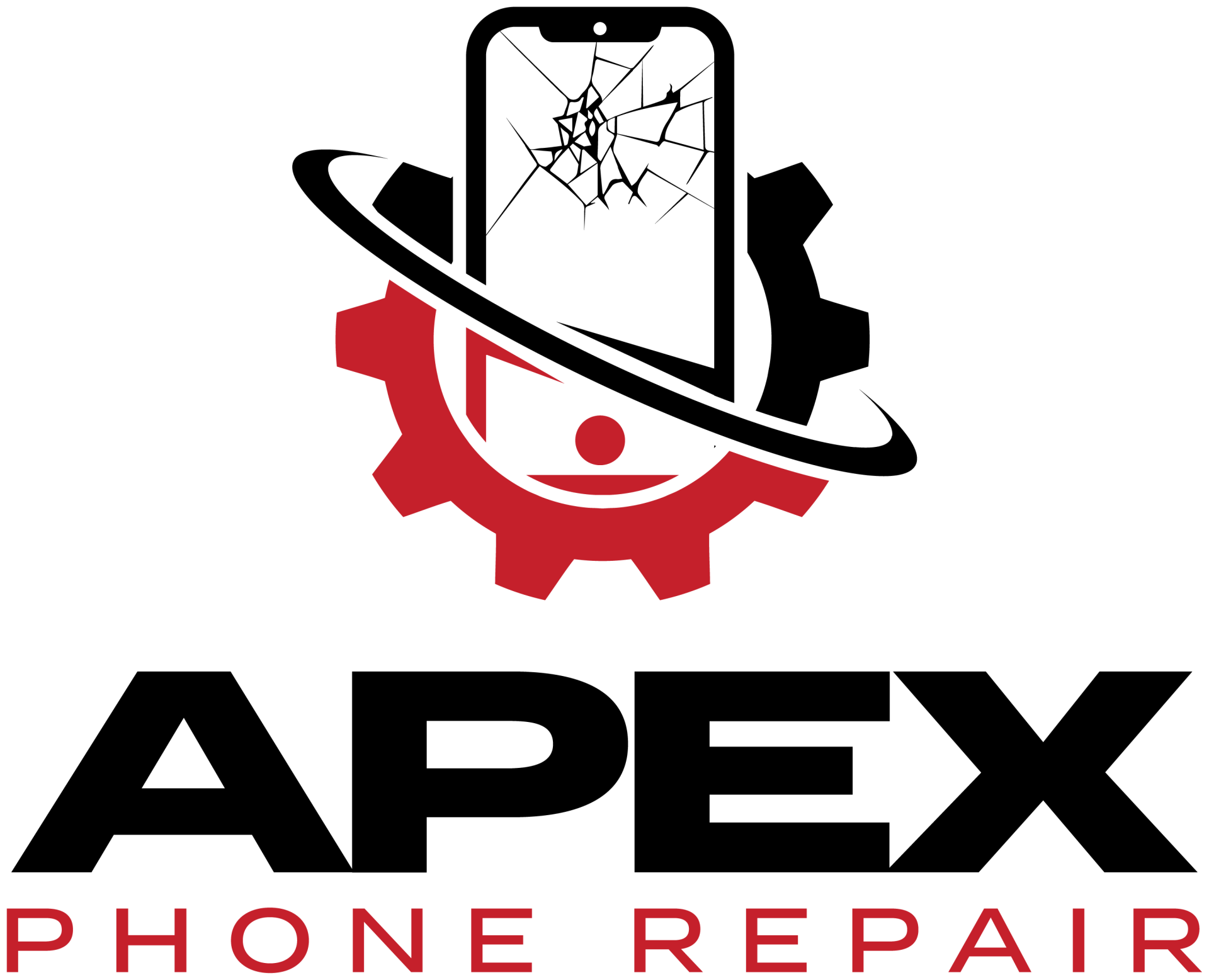We get it. You don't want to bring your computer to a shop, but you want a fresh new experience with your computer.
Don't worry. You probably already have everything you need.
Nine times out of ten, every now and again, your computer gets bloated with a bunch of programs that you don't remember installing, or have used so long ago that you forgot about it, and next thing you know, BOOM. Your drive is rich with all sorts of programs that you remember using once or twice. And you don't want to go through the trouble of sorting through them all, and it's probably better wiping than going through the trouble.
Before you remove everything (because that's what wiping does!) though,
- If you have any saved data, such as cookies, passwords, users, etcetera, it WILL be lost.
- If you have any saved games, such as installed via Steam, or maybe some other websites, it WILL be lost.
- If you have any documents, presentations, anything office related, it WILL be lost.
If you're okay with losing everything, or you have it backed up into some platform like Google Drive, or Dropbox, then you're prepared to get started.
What you need:
- At mininum a 8GB USB. Preferably with USB 3.0 or higher. USBs like that are the best way to get data across, and quickly.
- A good USB flasher. We recommend Rufus, although we aren't sponsored by them, they're an open source flasher. Rather than being closed source, where a dedicated group of people work on it with no-one able to fully able to look into the code without dedicated tools for reverse engineering, an open source program allows even you, the reader, to look into the code! Though, if you don't know the C programming language, this won't particularly be helpful. Anyhow; Rufus is the way to go with any amount of flashing, whether you're looking at a Windows installation, or a go in a Linux distribution!
What to do:
First, double check that your Windows partition has a form of "recovery mode". Worst case scenario, the partition that holds your recovery utility is totally done for, which means no internal resets. What's an internal reset? Well...
The recovery partition is basically kicked into action whenever Windows detects that it's having troubles booting, usually if it BSODs on boot, or just can't get to the sign-in portion of booting into the computer after enough times. The recovery mode has an option for, after going into "Advanced Options", "Reset This PC". This tells Windows to basically refer to an internal segment of the drive that, hopefully, hasn't been damaged, to then flash into the Windows folder, and allows the computer to boot normally again. This usually works rather well, even without a Wi-Fi connection.
If that didn't work;
Either the recovery partition is damaged, or the internal portion is corrupted, your best course of action is to flash a USB stick using Rufus with a new Windows ISO. You can find these ISOs on the Microsoft website, both for Windows 10 and Windows 11. Once you have the ISO downloaded, open up Rufus, insert the ISO into the Boot Selection, and then flash it once it's ready. After you're done, reboot.
This is where the fun part begins.
Booting into the setup:
Depending on the model of your computer, your motherboard has a BIOS, or Basic Input-Output System, where it has a temporary start-up menu. Any of the function keys can be your guide onto where to find this start-up menu, or even if you entire the BIOS yourself, you can boot into the USB stick, provided the flashing is done successfully.
After it's booted into the setup utility, begin the setup and follow the steps that Windows lays down for you. At this stage, any data that you have on your drives is likely unrecoverable without a dedicated repair shop to recover that data for you, or if you have another USB stick that you can use to store files to, with another USB flash, typically a form of Ubuntu installation for a temporary way to store your media that you want to recover. Either way, begin the installation, and with a little bit of sailing, your computer should be fresh and clean with a new install of Windows, or an installation of your choosing!
Congratulations! You saved yourself a bit of cash, and got a faster installation with it, nine times out of ten. Still encountering a bit of slowness? It may be a good idea to, if you're on a desktop, upgrade certain parts of your computer, or, if you're on a laptop, get a new one. Both of which can be very costly and risky, so it's suggested you bring them to knowledgable computer technicians to take care of that for you.



